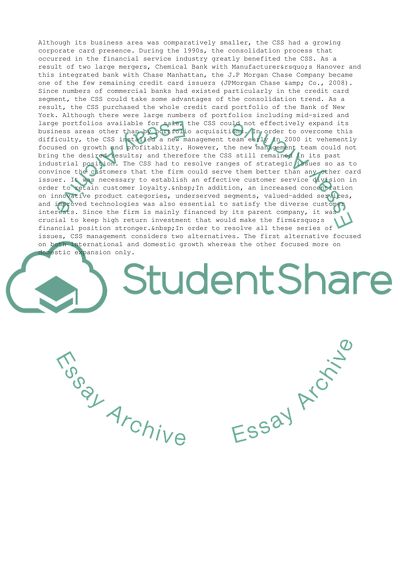Cite this document
(Strategies of The Chase Cardmember Services Case Study, n.d.)
Strategies of The Chase Cardmember Services Case Study. Retrieved from https://studentshare.org/business/1577483-case-study-jp-morgan-chase-company-strategic-decision
Strategies of The Chase Cardmember Services Case Study. Retrieved from https://studentshare.org/business/1577483-case-study-jp-morgan-chase-company-strategic-decision
(Strategies of The Chase Cardmember Services Case Study)
Strategies of The Chase Cardmember Services Case Study. https://studentshare.org/business/1577483-case-study-jp-morgan-chase-company-strategic-decision.
Strategies of The Chase Cardmember Services Case Study. https://studentshare.org/business/1577483-case-study-jp-morgan-chase-company-strategic-decision.
“Strategies of The Chase Cardmember Services Case Study”. https://studentshare.org/business/1577483-case-study-jp-morgan-chase-company-strategic-decision.


